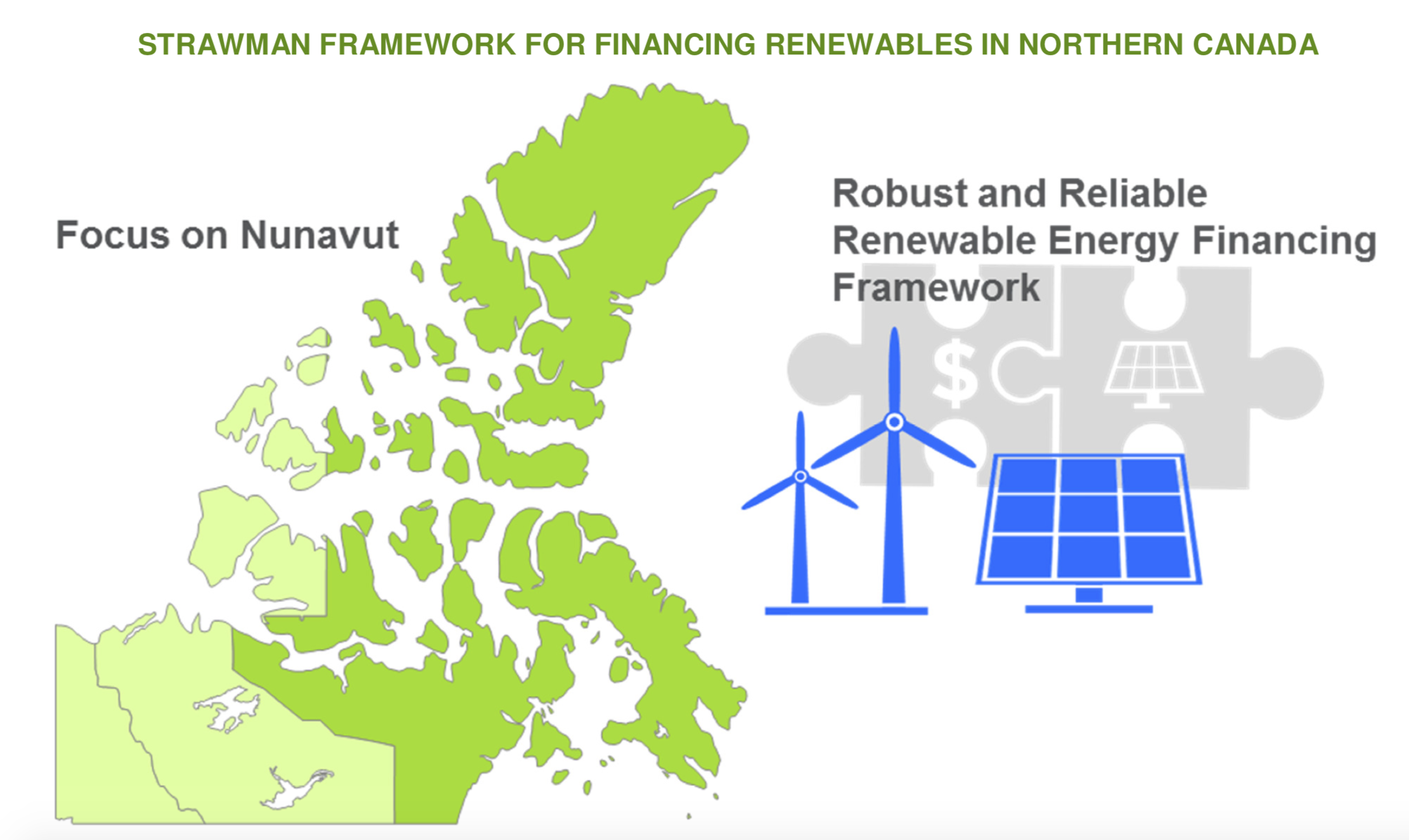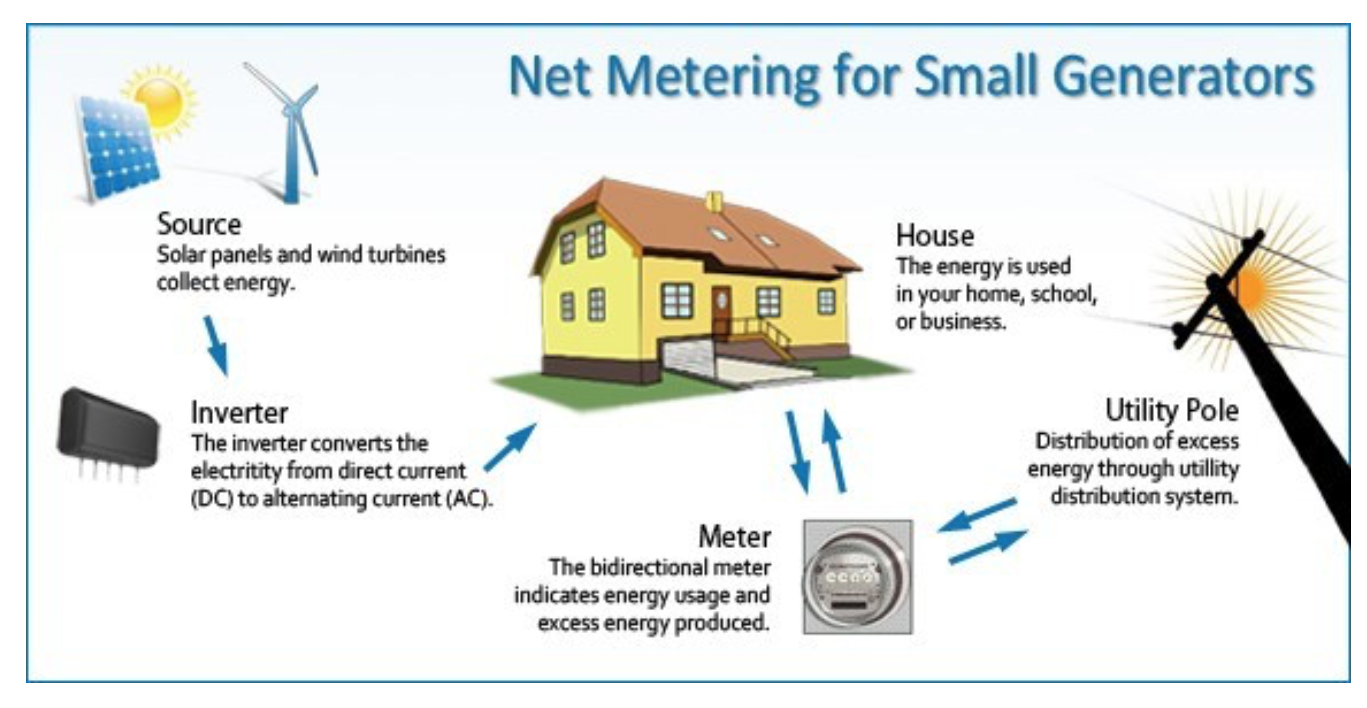Making Way for Alternate Energy Sources in Nunavut
Qulliq Energy Corporation (QEC) is developing the upcoming Independent Power Producer (IPP) program that will allow producers outside of the utility to generate electrical power from renewable energy systems like wind, solar or other innovative renewable energy solutions, to sell directly back to our energy supplier and community grids.

Image source: World Wildlife Federation- Canada from their financing options paper for renewables in Nunavut (2019)
The corporation anticipates paying independent power producers (IPPs) that meet the technical requirements, up to the avoided cost of diesel – the maximum price that QEC will pay for renewable energy without raising the electricity rates.
As at March 2020, only municipalities and Inuit organizations will be given the first opportunity to own and operate community scale independent power installations in their respective regions. Through a financial agreement with these independent power projects, QEC may procure renewable energy from external parties on a competitive basis using the NNI (Nunavummi Nangminiqaqtunik Ikajuuti) procurement process.
By including IPPs in the energy supply mix, QEC will be able to foster partnerships that develop clean energy with no increases to customer rates at the community level.
Integrating renewable energy systems in the territory’s energy grid will help decrease Nunavut’s dependency on diesel fuel, enable QEC to reduce carbon emissions and help promote energy self-reliance.
In order to know whether the renewable power project and system will work and be compatible for Nunavut's energy system, QEC strongly recommends that hamlet and the Qikiqtaaluk Corporation that is undertaking projects as IPPs do not purchase any renewable energy generating systems and review the program details and requirements with QEC for compatibility and eligibility for the program.
Net Metering Program
Qulliq Energy Corporation is accepting applications from Nunavut homeowners and municipalities for the Net Metering Program.
What is Net Metering?
Net metering customers can receive an energy credit for surplus power delivered from their renewable energy generation systems to the QEC energy grid. This will allow individual homeowners or hamlets to reduce the amount of power they need from QEC.
The new program will allow residential customers and one municipal account per hamlet to generate their own electricity from renewable energy sources and integrate them into the QEC energy grid. The new program will also help decrease Nunavut’s dependency on diesel fuel and cut carbon emissions.
Each renewable energy installation must not exceed a generating capacity of 10Kw, and any potential project must be reviewed and approved by QEC before starting.

Net Metering projects can support those who generate electricity primarily for their own use from a renewable energy source (wind, water, solar radiation or agricultural biomass)

Copyright © All Rights Reserved

